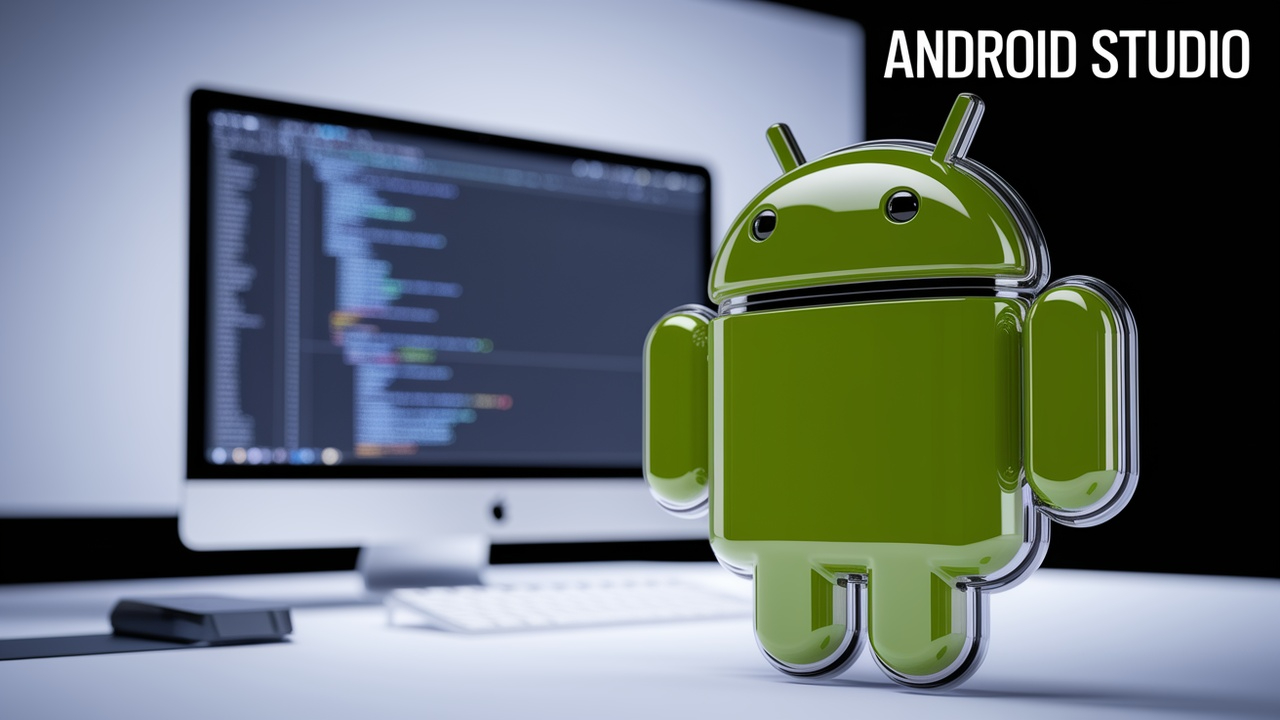
This comprehensive course guides you through the essentials and advanced features of Android Studio, the official IDE for Android app development. You will learn to design, develop, and debug applications while gaining a solid understanding of Java/Kotlin programming languages and Android SDK.
Course Levels
-
Level 1: Introduction to Android Studio
Begin your journey into Android development by familiarizing yourself with Android Studio's interface and basic functionalities.
-
Level 2: Fundamentals of Android Development
Learn the foundational concepts of Android development, focusing on the architecture and components that make up an Android application.
-
Level 3: User Interface Design and Material Design Principles
Dive deeper into user interface design principles and learn how to implement Material Design in your applications.
-
Level 4: Data Management in Android
Understand various methods of data storage in Android and how to manage user data effectively.
-
Level 5: Advanced Features and Best Practices
Explore advanced features of Android Studio and best practices for creating high-quality applications.
-
Level 6: Publishing Your Application
Learn the steps required to prepare your application for release and publish it on the Google Play Store.
-
Level 7: Exploring Jetpack Components
Delve into Android Jetpack components to streamline your development process and create modern apps.
-
Level 8: Building for Multiple Platforms
Expand your knowledge by learning how to create applications that run on multiple Android devices and platforms.
-
Level 9: Continuous Learning and Community Engagement
Learn how to stay updated with the latest trends and tools in Android development by engaging with the community.
Course Topics
-
Introduction to Android Architecture
# Introduction to Android Architecture Android architecture is a complex and layered system that allows developers to create robust applications that can run on various devices. Understanding this ar...
-
Creating User Interfaces with XML
# Creating User Interfaces with XML Creating user interfaces (UIs) in Android is a fundamental skill that every developer must master. One of the primary ways to define UI layouts in Android is throu...
-
Understanding Intents and Manifests
# Understanding Intents and Manifests In Android development, **Intents** and **Manifests** are foundational concepts that facilitate communication between different components of an application as w...
-
Using RecyclerView for Lists
# Using RecyclerView for Lists RecyclerView is a powerful and flexible component in Android for displaying large datasets in a scrollable list. Unlike ListView, RecyclerView provides a more efficient...
-
Accessing Content Providers
# Accessing Content Providers Content Providers in Android serve as a means to manage access to a structured set of data. They encapsulate the data and provide it to applications through a standard i...
-
Customizing Themes and Styles
# Customizing Themes and Styles ## Introduction In Android development, creating a visually appealing and user-friendly interface is crucial. Customizing themes and styles allows developers to mainta...
-
Basic Project Structure and Files
# Basic Project Structure and Files Understanding the basic project structure and files in Android Studio is crucial for developing Android applications effectively. This section will guide you throu...
-
Using Layouts and Views
# Using Layouts and Views In Android development, layouts and views are crucial components that define the user interface of an application. Understanding how to effectively utilize layouts and views...
-
Running Your App on an Emulator
# Running Your App on an Emulator In this section, we will explore how to run your Android application using the Android Emulator, a crucial step in the development process. The emulator allows you t...
-
Using Shared Preferences
# Using Shared Preferences Shared Preferences in Android is a simple way to store small amounts of data as key-value pairs. This is particularly useful for storing user preferences or settings that c...
-
Understanding the IDE Layout
# Understanding the IDE Layout Android Studio is the official Integrated Development Environment (IDE) for Android app development. Understanding its layout is crucial for efficient workflow and prod...
-
Getting Started with Android Studio
# Getting Started with Android Studio Android Studio is the official integrated development environment (IDE) for Android application development, based on IntelliJ IDEA. It provides powerful tools t...
-
Exploring Activities and Fragments
# Exploring Activities and Fragments In Android development, **Activities** and **Fragments** are essential components that allow developers to create responsive and user-friendly applications. This ...
-
Working with SQLite Databases
# Working with SQLite Databases SQLite is a lightweight, serverless database engine that is widely used in mobile applications, particularly in Android. In this section, we will explore how to effect...
-
Networking and API Calls
# Networking and API Calls in Android In modern app development, networking is a crucial aspect that allows applications to communicate with remote servers and APIs. This topic covers the essentials ...
-
Creating Your First Project
# Creating Your First Project Creating your first project in Android Studio is an exciting step towards becoming an Android developer. This topic will guide you through the process of setting up your...
-
Designing Responsive Layouts
# Designing Responsive Layouts Responsive design is crucial in today’s mobile-first world, where users access applications on a variety of devices with different screen sizes. This section will guide...
-
Creating Navigation Drawer and Bottom Navigation
# Creating Navigation Drawer and Bottom Navigation In this section, we will explore two essential components of Android UI design: the Navigation Drawer and Bottom Navigation. Both components enable ...
-
Applying Material Design Components
# Applying Material Design Components Material Design is a design language developed by Google that focuses on creating a unified experience across platforms and devices. This topic will explore how ...